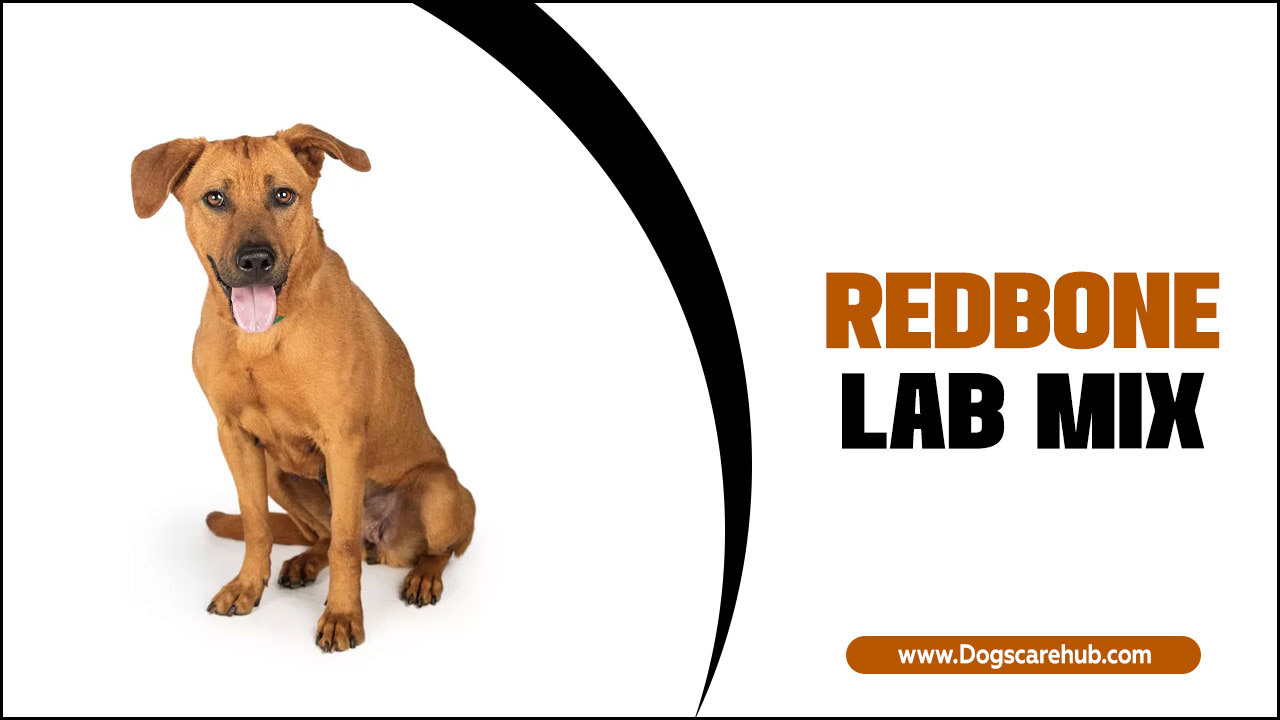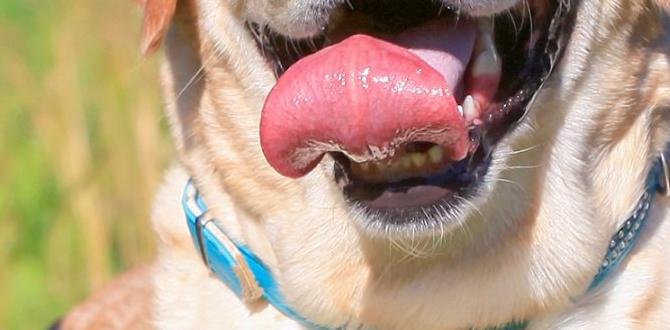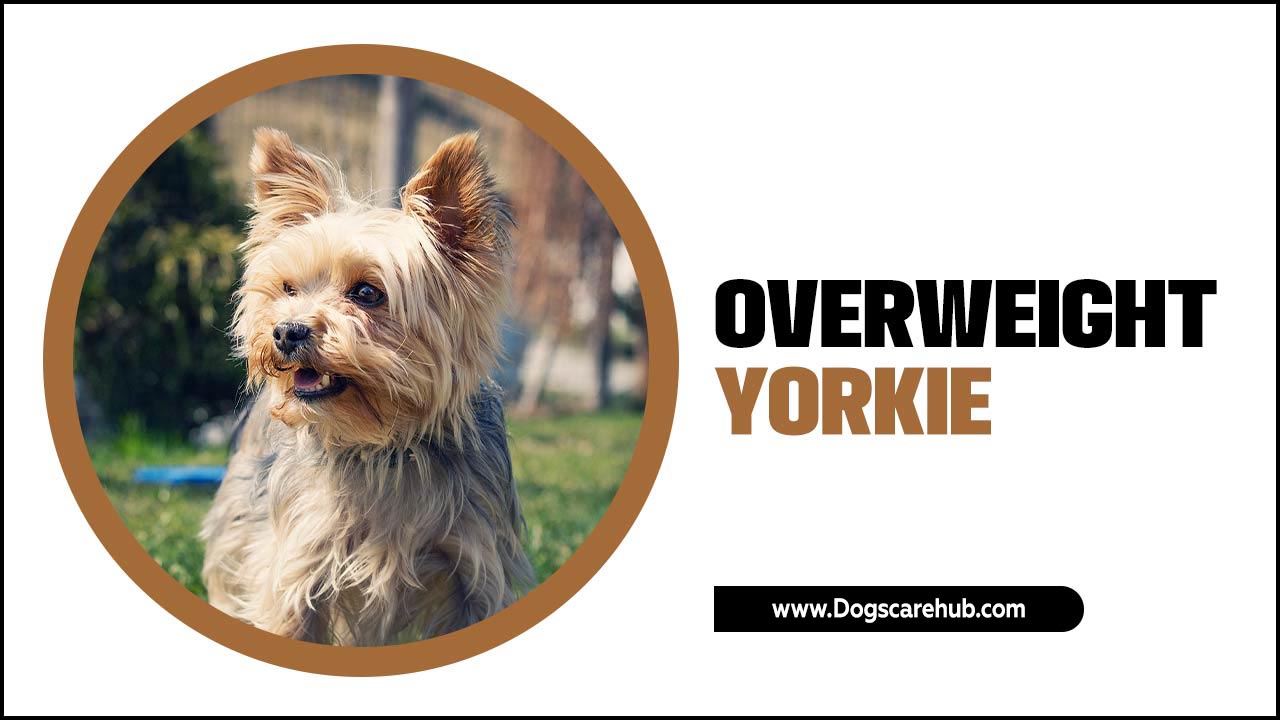Every dog owner wants their furry friend to be happy. But what happens when your dog feels anxious? Dogs, just like us, can experience anxiety. Whether it’s thunder, new places, or meeting strangers, these situations can be tough for our pets.
Imagine coming home to find your dog trembling in fear. It breaks your heart, doesn’t it? A recent study found that nearly one in three dogs faces anxiety in some form. Understanding how to deal with dog anxiety can truly make a difference.
So, how can you help your anxious pup? Is there a way to ease their worries? In this article, we’ll explore some simple but effective strategies. You’ll learn how to create a safe space and use comforting techniques. Let’s help your dog feel calm and secure.
How To Deal With Dog Anxiety: Effective Strategies And Tips
How to Deal with Dog Anxiety
Helping your dog feel calm can be a rewarding journey. First, understanding the signs of dog anxiety, like excessive barking or hiding, is crucial. Providing a safe space can make a big difference. Have you tried playing calming music? It often soothes anxious pups! Regular exercise can also help reduce stress levels. Building a routine gives dogs a sense of security. Remember, patience is key—each dog is unique and will need time to adjust.Understanding Dog Anxiety
Definition and types of anxiety in dogs. Common signs and symptoms to look for.Dog anxiety is when your furry friend feels nervous or scared. There are different types, such as separation anxiety and fear of loud noises. It’s like when you get scared during a thunderstorm! Common signs include whining, hiding, or even chewing on your favorite shoes—sorry, not sorry, favorite shoes! Let’s look at some typical signs in the table below.
| Signs of Dog Anxiety | Description |
|---|---|
| Whining | Your pup might be trying to say, “Help me!” |
| Hiding | Dogs may find a cozy corner to escape their worries. |
| Destructive behavior | That old shoe? Might not survive! |
| Excessive barking | They could be shouting at the world, “I’m scared!” |
Understanding these signs helps you support your doggie better. Remember, they can’t talk, but their actions say a lot!
Triggers of Dog Anxiety
Environmental factors that cause stress. Situational triggers (e.g., separation, loud noises, new experiences).Many factors can stress dogs. Some environmental factors include loud sounds, like thunder or fireworks. These noises might scare dogs and make them anxious. Other changes can cause stress too. For example, a new home or different people can unsettle them. Situations like being left alone can also lead to anxiety. Here are common triggers:
- Loud noises (thunder or fireworks)
- New places
- Being away from their owner
- New people or pets
What are common environmental stressors for dogs?
Common stressors include loud noises, new environments, and changes in routine. They often react to unfamiliar situations, which can make them anxious.
Assessing Your Dog’s Anxiety Level
Methods for evaluating your dog’s behavior. Importance of consulting a veterinarian or a behaviorist.To understand your dog’s anxiety, watch their behavior closely. Look for signs like barking, trembling, or hiding. These can indicate how stressed they feel. Sometimes, dogs show these behaviors at certain times, like during thunderstorms or when left alone. It’s important to talk to a veterinarian or a dog behaviorist for expert advice. They can help you find the best solutions to calm your dog.
How can I tell if my dog is anxious?
Watch for signs like whining, shaking, or avoidance. Consult a vet if you notice these symptoms.
Immediate Calming Techniques
Shortterm solutions for acute anxiety episodes. Techniques such as physical touch, calming music, and safe spaces.To help a dog with sudden anxiety, try these quick methods. Physical touch can soothe your dog. A gentle pet or hug often calms them. Playing calming music creates a peaceful environment. You can also set up a safe space where your dog feels secure. This might be a cozy corner with their favorite blanket.
- Touch: Petting helps them feel loved.
- Music: Soft tunes can relax their nerves.
- Safe Spaces: Create a quiet area for them.
What are short-term solutions for dog anxiety?
Short-term solutions include petting, calming music, and safe spaces.Long-Term Strategies for Managing Anxiety
Behavioral training and desensitization techniques. Creating a consistent routine and predictable environment.To help your pup feel calm, you can use behavioral training and desensitization techniques. Start by teaching them simple commands, like “sit” or “stay.” This can help reduce their anxiety during stressful moments. Next, create a consistent daily routine. Dogs love predictability! It makes them feel safer. Even something as simple as meal times can make a big difference.
| Strategy | Description |
|---|---|
| Behavioral Training | Teach simple commands to boost confidence. |
| Desensitization | Gradually expose them to stressors in a fun way. |
| Routine | Keep meal and walk times the same each day. |
Remember, a happy dog is a calm dog. A little effort goes a long way!
Creating a Supportive Home Environment
Tips for making your home a safe haven. Importance of socialization and exercise for mental health.Making your home safe for your dog can help reduce anxiety. Start by having a cozy space just for them. Fill it with blankets and toys they love. Regular activities, like games and walks, keep their minds busy. This is important for their mental health. Dogs also enjoy being around other pets and people. Socializing can make them feel happier and less anxious.
- Create a calm place with their favorite items.
- Engage in daily exercise and playtime.
- Arrange playdates with friendly dogs.
- Keep a routine for meals and walks.
Why is socialization important for dogs?
Socialization helps dogs feel comfortable around new people and pets. This can lessen their fears and boost confidence.
Resources and Further Reading
Recommended books, websites, and organizations. Community support groups and online forums.Many helpful resources are available for those dealing with dog anxiety. Start with books like “The Other End of the Leash” by Patricia McConnell. Visit websites like the American Kennel Club and ASPCA. They offer great advice. You can also find community support groups in your area or join online forums. These platforms allow you to share experiences and learn from others.
- Recommended Books:
- The Other End of the Leash by Patricia McConnell
- The Dog Anxiety Workbook by Matthew R. Becker
- Useful Websites:
- American Kennel Club
- ASPCA
- Community Support:
- Local training classes
- Online forums and support groups
What books are recommended for dog anxiety?
“The Other End of the Leash” is a great start, along with other helpful titles that focus on understanding dog behaviors.
Conclusion
In summary, dealing with dog anxiety takes patience and care. You can create a safe space, use calming techniques, and keep routines consistent. Regular exercise and interacting with your dog can also help. Remember, you’re not alone in this. If you need more tips, consider reading more or talking to a vet about your dog’s needs.FAQs
What Are The Most Common Signs Of Anxiety In Dogs, And How Can I Recognize Them?Common signs of anxiety in dogs include barking, whining, and shaking. You might also notice your dog trying to hide or wanting to be very close to you. Some dogs may chew on things or wag their tails a lot when they’re anxious. If your dog seems restless or can’t settle down, they might be feeling anxious too.
What Techniques Or Strategies Can I Implement To Help Calm My Anxious Dog During Stressful Situations?To help calm your anxious dog, you can try a few simple things. First, create a cozy space where your dog feels safe. This could be a crate or a quiet room. You can also use soft music or white noise to soothe them. Taking your dog for a gentle walk can help, too! Lastly, practice deep breathing with them to relax both of you.
Are There Specific Training Methods That Can Reduce My Dog’S Anxiety Over Time?Yes, there are training methods to help your dog feel less anxious. You can use positive rewards like treats and praise when your dog stays calm. Regular exercise, like walks or playtime, helps too. Teaching your dog to relax with simple tricks can make a big difference. With patience and practice, your dog can feel happier over time.
How Can My Dog’S Diet And Nutrition Play A Role In Managing Their Anxiety?Your dog’s diet can help them feel calm and happy. Good food gives them energy and keeps them healthy. Some foods can make your dog feel more relaxed. We can try adding things like fish or brown rice to their meals. Always ask a vet to make sure we’re giving them the right foods!
When Should I Consider Seeking Professional Help Or Medication For My Dog’S Anxiety?You should think about getting help when your dog seems very scared or nervous most of the time. If your dog shows signs like hiding, barking a lot, or not eating, it’s time to ask for help. If you tried training but it’s not working, a vet can help, too. They might suggest special training or medicine to make your dog feel better. Remember, you want your dog to be happy and calm!
Meet Elyse Colburn, the devoted canine companion and storyteller behind the enchanting world of “Tales, Tails, and Adventures Unleashed.” A passionate dog enthusiast with a heart full of paw prints, Elyse Colburn shares heartwarming tales and insightful adventures, celebrating the joy, loyalty, and endless antics that make every dog a true hero. Join Elyse Colburn on this tail-wagging journey, where every post is a love letter to our four-legged friends.







